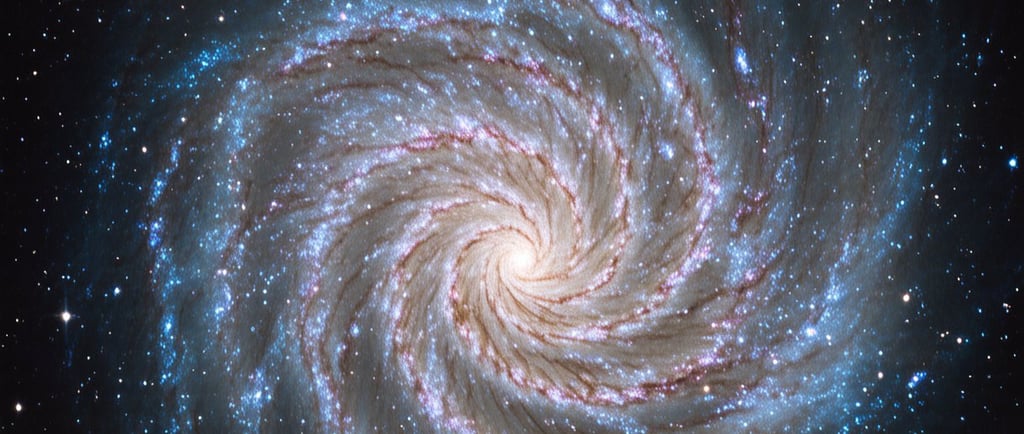The Interacting Galaxies the NGC 5363 and NGC 5364


Introduction to NGC 5363
NGC 5363 is a remarkable lenticular galaxy situated within the Virgo constellation. With a visual magnitude of 10.51, NGC 5363 captures the attention of both amateur and professional astronomers alike. This galaxy is not merely an isolated celestial object; rather, it is engaged in a fascinating gravitational interaction with its nearby neighbor, NGC 5364, a spiral galaxy located in the lower right of the observational field.
The Characteristics of NGC 5363
NGC 5363 showcases distinct characteristics typical of lenticular galaxies. Its structure features a prominent central bulge surrounded by a flat disk, which is indicative of its composition predominantly of older stars. The presence of dust lanes and star-forming regions, however, are more pronounced in spiral galaxies, which tend to show a vigorous star formation activity. Despite being in the early stages of interaction, NGC 5363 exhibits significant observable traits that contribute to our understanding of galaxy evolution.
The Interaction Between NGC 5363 and NGC 5364
The gravitational interaction between NGC 5363 and NGC 5364 is a point of interest for astronomers seeking to comprehend the dynamics of galaxies. These two celestial bodies, although at different evolutionary stages, are engaged in a cosmic dance that can lead to interesting phenomena, such as the formation of tidal tails and the merging of their matter over extended timeframes. Such interactions are crucial to the study of galactic evolution, significantly affecting their structure and star formation processes.
These early stages of gravitational interaction offer a clear glimpse into the future of similar galaxies. As they continue to interact, we may witness changes in their morphology and potentially the initiation of new stellar formations. Understanding the implications of this relationship helps scientists piece together the complex puzzle of galaxy formation and evolution, presenting opportunities for further research and exploration.
In conclusion, the celestial relationship between NGC 5363 and NGC 5364 presents a captivating example of the dynamic nature of the universe. By studying galaxies in such interactions, we are not only illuminating their individual characteristics but also uncovering the broader mechanisms that govern the life cycles of galaxies throughout the cosmos.
